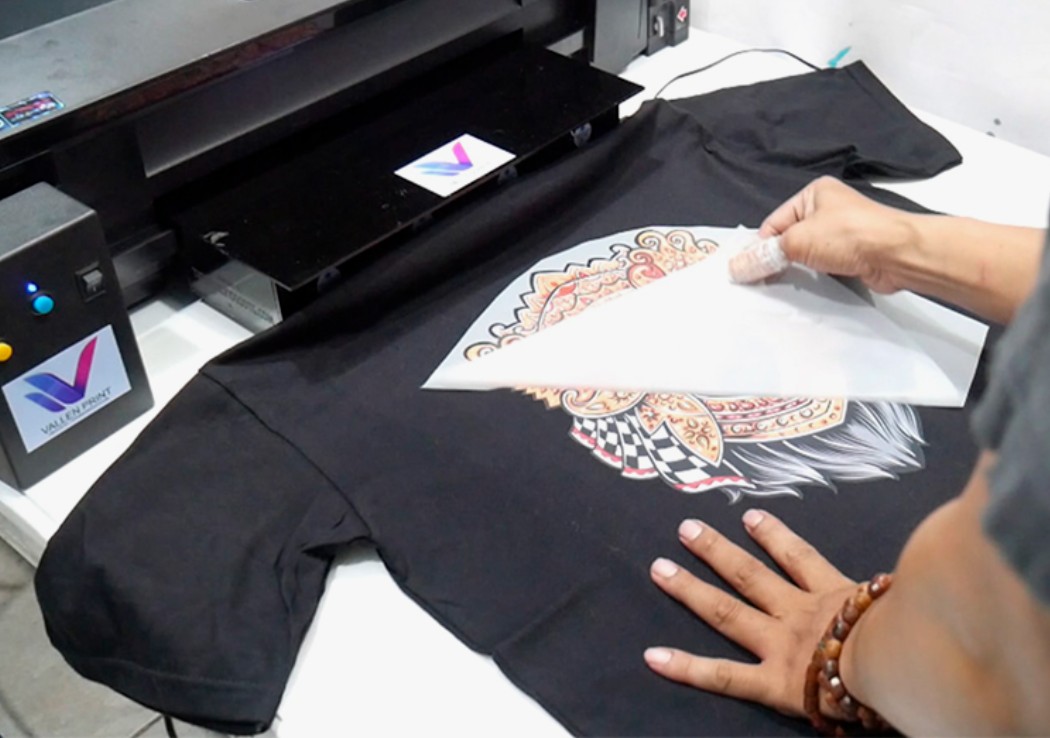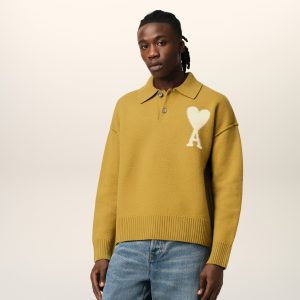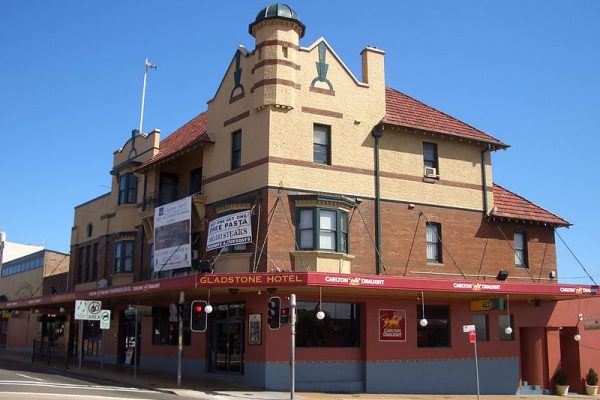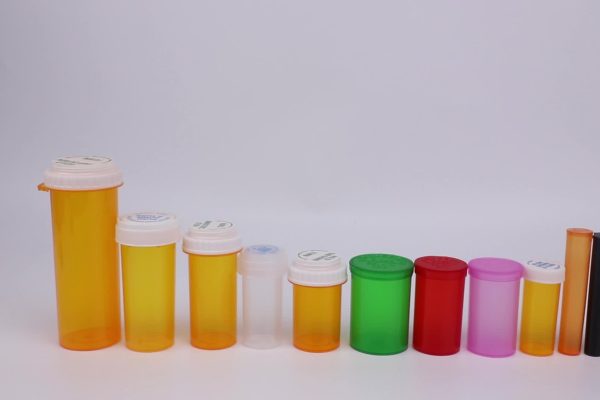Direct-to-Film (DTF) printing has taken the world of custom apparel and merchandise by storm. Unlike traditional methods like screen printing or direct-to-garment (DTG) printing, DTF is revolutionizing how businesses and individuals create vibrant, durable designs on a wide range of fabrics. But how exactly does DTF printing work? Let’s take a detailed behind-the-scenes look at the fascinating process.
What Is DTF Printing?
DTF stands for Direct-to-Film printing. In this technique, a special printer is used to print designs onto a PET (polyethylene terephthalate) film. Once printed, the design is coated with a special hot melt adhesive powder and then heat pressed onto fabric. The result? A long-lasting, vivid design that bonds seamlessly with the material.
DTF printing is gaining popularity because of its versatility, color vibrancy, and cost-effectiveness, especially for small runs and complex artwork. Unlike DTG, which is limited to cotton fabrics, DTF can be applied to cotton, polyester, blends, leather, and more.
Step-by-Step: The DTF Printing Process
1. Design Creation
Every great print starts with a digital design. Whether it’s a logo, custom artwork, or text, the design is typically created using graphic software like Adobe Illustrator or Photoshop. The image is then mirrored (flipped horizontally) before being printed to ensure the final print appears correctly on the fabric.
Designers often combine multiple images into one print layout using a custom gang sheet DTF format. This allows for printing multiple graphics in a single run, reducing waste and maximizing productivity.
2. Printing on PET Film
The mirrored design is printed onto a PET film, a special kind of transparent film that can withstand high heat and preserve the vibrancy of the ink. DTF printers use CMYK and white pigment inks, layering the colors first and then a white base on top.
The white layer plays a critical role—it makes the colors pop on any fabric color, whether it’s a white tee or a dark hoodie.
3. Adhesive Powder Application
Once printed, the wet ink on the film is dusted with hot melt adhesive powder. This powder sticks to the ink areas and not the clear parts of the film. It’s important to shake off excess powder so the final print has clean edges.
The powder acts as a binding agent, ensuring the design bonds securely to the fabric during heat transfer.
4. Curing the Powder
The next step is to melt the powder onto the film without overcooking it. This is usually done with a curing oven or a heat press set just above the film without making full contact.
This crucial stage solidifies the adhesive layer, preparing it for transfer. Proper curing ensures durability and wash resistance in the final product.
5. Heat Press Transfer
Once cured, the film is placed onto the fabric—like a t-shirt or tote bag—with the design facing down. Using a heat press (usually set around 300°F–325°F for 15–20 seconds), the heat and pressure activate the adhesive, transferring the ink design from film to fabric.
After pressing, the film is peeled away—either hot or cold peel depending on the film type. The result is a beautifully printed image that feels soft, flexible, and professional.
Advantages of DTF Printing
-
Versatility: Works on a wide variety of materials and colors.
-
No Pre-treatment Needed: Unlike DTG, DTF doesn’t require fabric pretreatment.
-
Cost-Effective for Small Runs: Ideal for small batch printing or one-off items.
-
Vibrant Colors and Fine Detail: Captures high-definition artwork and gradients.
-
Durable Prints: Withstands frequent washing without fading or cracking.
Where Do DTF Transfers Come In?
For many businesses and creators, ordering DTF transfers instead of printing in-house is a smart option. These are ready-to-press printed film sheets that can be applied directly to garments using a heat press.
This allows designers to outsource the printing process and still enjoy high-quality results without investing in expensive equipment or inks. It’s a win-win for small businesses, custom apparel shops, and even event merchandise sellers.
The Role of Gang Sheets in Efficiency
A custom DTF gang sheet is a strategic way to make the most out of every print run. By grouping several designs—logos, graphics, or patches—onto a single sheet, you can produce multiple transfers in one go.
This is especially helpful for:
-
Apparel brands printing multiple designs at once.
-
Event companies printing logos for various clients.
-
Resellers offering custom patches or names for sports teams.
Using gang sheets cuts costs, reduces film waste, and speeds up production—making it a cornerstone of efficient DTF operations.
Final Thoughts
DTF printing is an innovative solution for modern apparel decoration. It provides the flexibility, affordability, and quality that designers and businesses need in today’s competitive landscape. Whether you’re just starting a t-shirt business or expanding your custom merch line, DTF offers powerful tools to bring your designs to life.
From custom gang sheet DTF layouts to ready-made dtf transfers, and the strategic use of custom DTF gang sheet printing, this process gives you an edge in speed, creativity, and reliability.
If you haven’t explored the DTF world yet, now’s the time—because the future of custom printing is already here.






